This post may contain affiliate links. Please see my disclosure policy for details.
The Big Kahuna: Choosing Your Focal Point
Contents
First things first, you need a showstopper. I’m talking about a piece that’ll make people go “Wow!” the moment they step into the room. Think grand piano, a massive sectional sofa, or artwork that could rival the Sistine Chapel (okay, maybe not that big, but you get the idea).
Here’s the golden rule: your focal piece should take up at least two-thirds of the wall’s width. Anything less, and it’ll look like a postage stamp on an envelope. Trust me, I learned this the hard way when I tried to hang my grandmother’s tiny landscape painting on my living room wall. Let’s just say it didn’t quite have the impact I was hoping for.
Location, Location, Location
Now that you’ve got your star player, where do you put it? Here’s a pro tip: slightly off-center is the way to go. It gives the room a more organic, lived-in feel. And don’t forget to give it some breathing room – about 18 to 24 inches should do the trick.
But wait, there’s more! Don’t just plonk your focal piece down and call it a day. Surround it with supporting actors – side tables, lamps, plants, or accent chairs. These little guys will fill in the gaps and create a balanced look.
Color Me Impressed
When it comes to color, less is more. Pick 2-3 accent colors from your focal piece and run with them. Sprinkle these hues throughout your pillows, rugs, and artwork. It’ll tie everything together like a well-made lasagna (mmm, lasagna).
The Supporting Cast
Now, let’s talk about the unsung heroes of your room – the supporting elements. These are the pieces that’ll take your space from “meh” to “marvelous.”
- Background noise (the good kind): Large-scale artwork, gallery walls, or textured treatments can reinforce your focal point and fill up that negative space.
- Reach for the sky: Tall plants, floor lamps, or bookcases add height and interest, especially if you’ve got high ceilings.
- Mix it up: Use a variety of textures and materials. Think plush rugs, woven baskets, and metallic accents. It’s like creating a sensory playground for your eyes.
Symmetry vs. Asymmetry: The Great Debate
Here’s where you can really let your personality shine. Are you a stickler for order? Go for symmetry with matching side tables and lamps. More of a free spirit? Mix it up with an asymmetrical arrangement. There’s no right or wrong answer here – it’s all about what feels right to you.
Mistakes to Avoid (AKA Learn from My Blunders)
- Don’t be a wallflower: Resist the urge to push all your furniture against the walls. It’ll make your room feel like a doctor’s waiting room.
- Size matters: Using furniture that’s too small for your wall is like wearing your kid’s clothes – it just doesn’t work.
- Less is more: Don’t go overboard with accents and colors. You want your focal point to be the star, not get lost in a sea of knick-knacks.
Think Outside the Box
If traditional wall-mounted furniture isn’t your thing, why not float your major pieces? A sofa or sectional pulled away from the wall can create a cozy conversation area. Use area rugs to define zones within the room.
Or, if you’re feeling really adventurous, try a modular shelving system or a linear arrangement of smaller items. It’s like creating your own art installation!
The Final Touch
Remember, decorating a large wall is like cooking a gourmet meal – it takes time, patience, and a willingness to experiment. Don’t be afraid to try different arrangements until you find the one that makes your heart sing.
And there you have it, folks! Your foolproof guide to conquering large walls. Now go forth and decorate with confidence. Your walls (and your guests) will thank you!

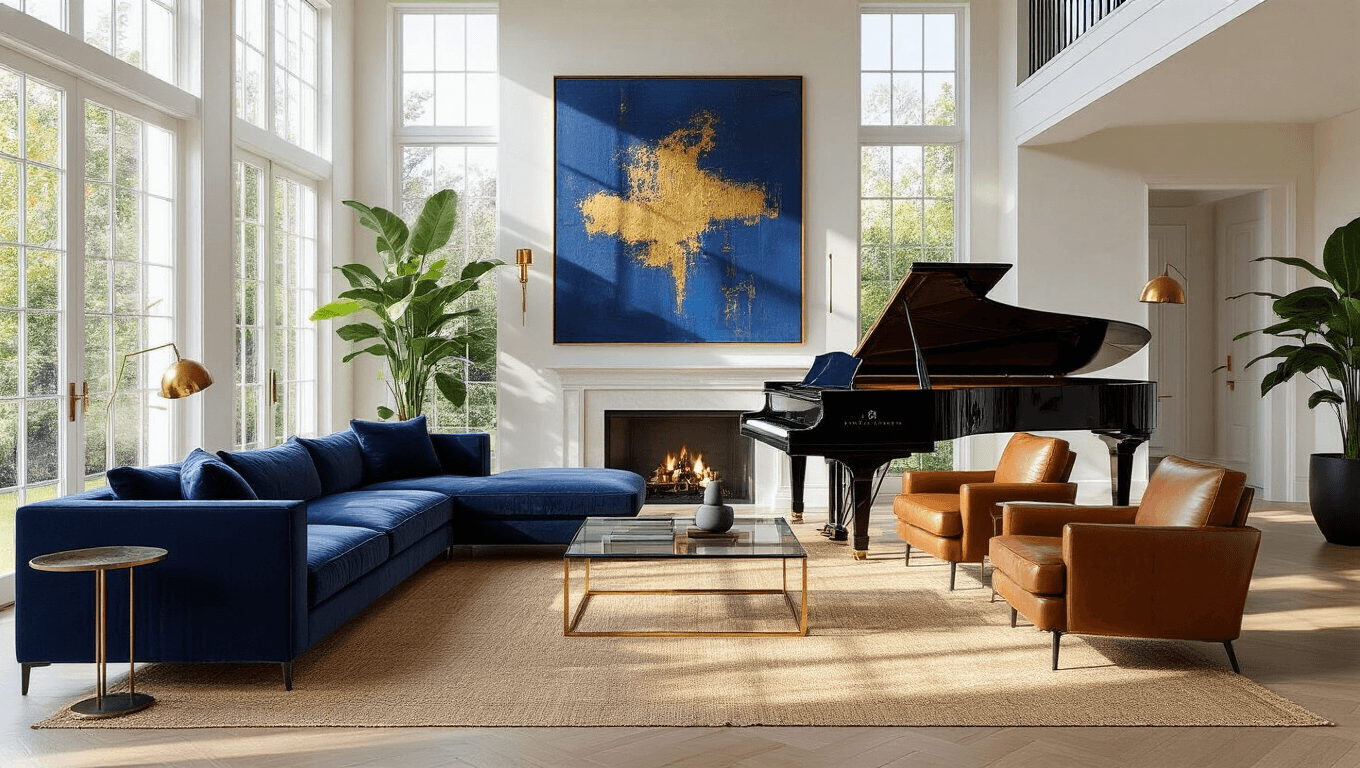
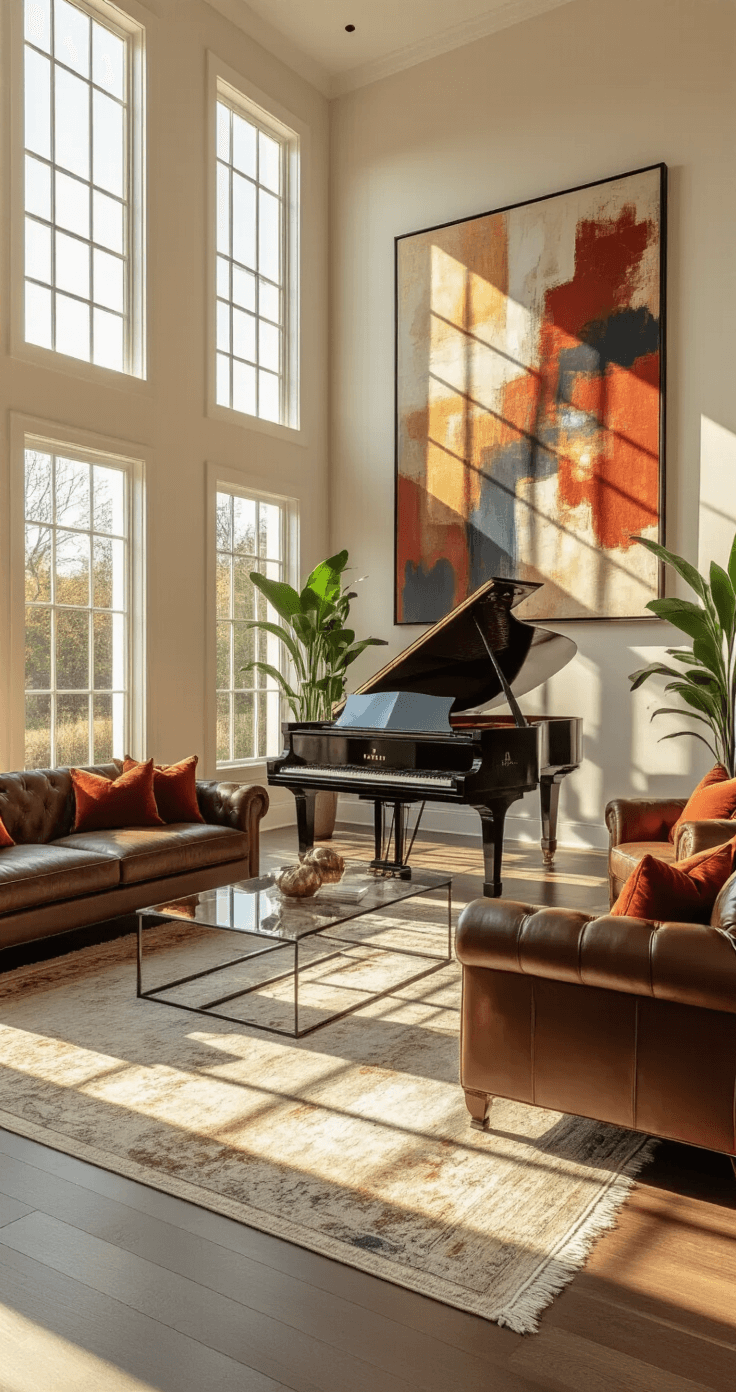
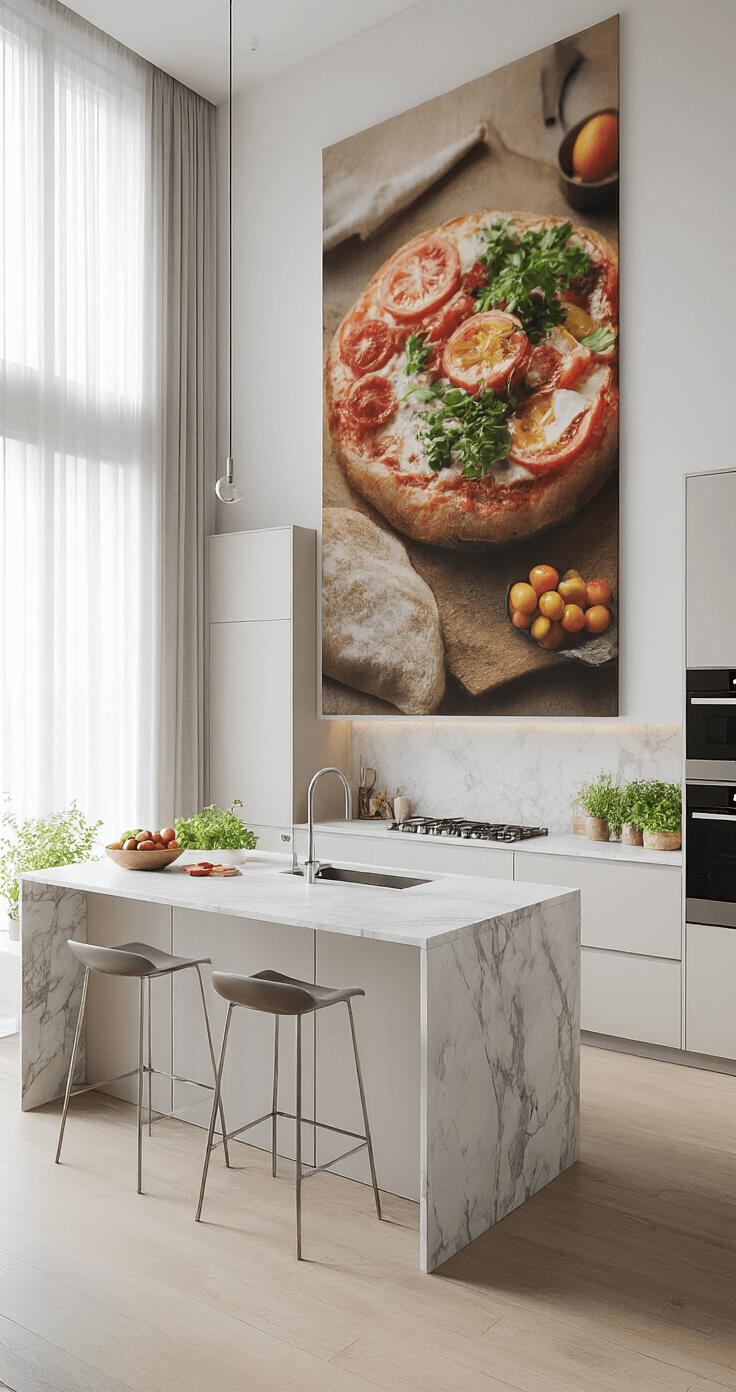
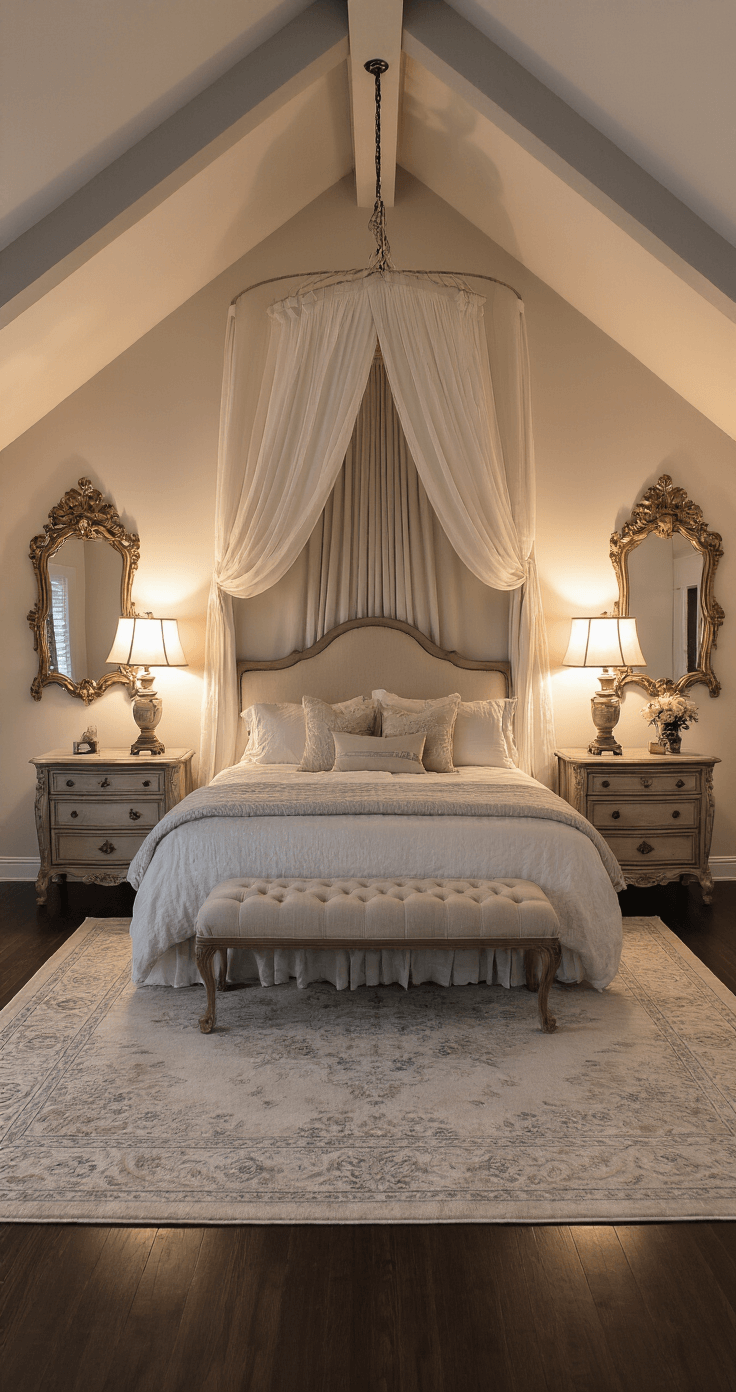
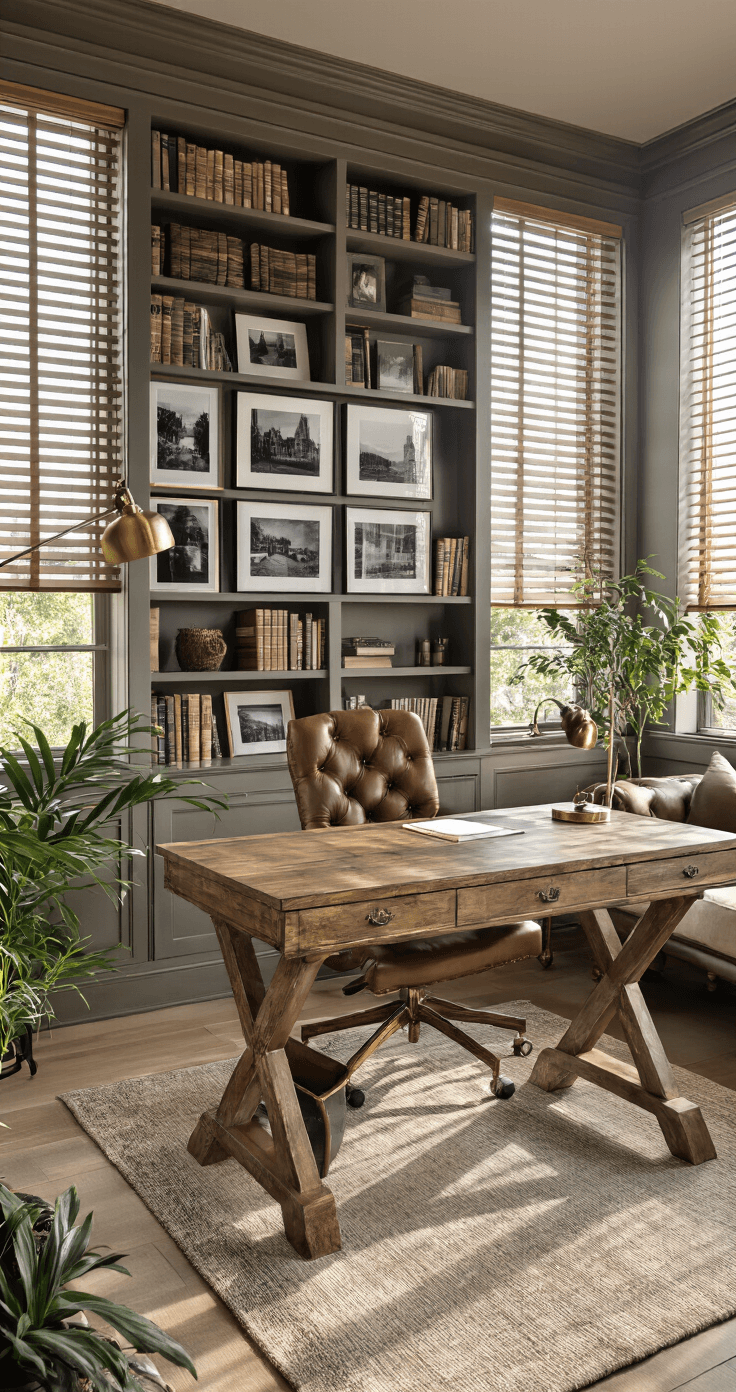
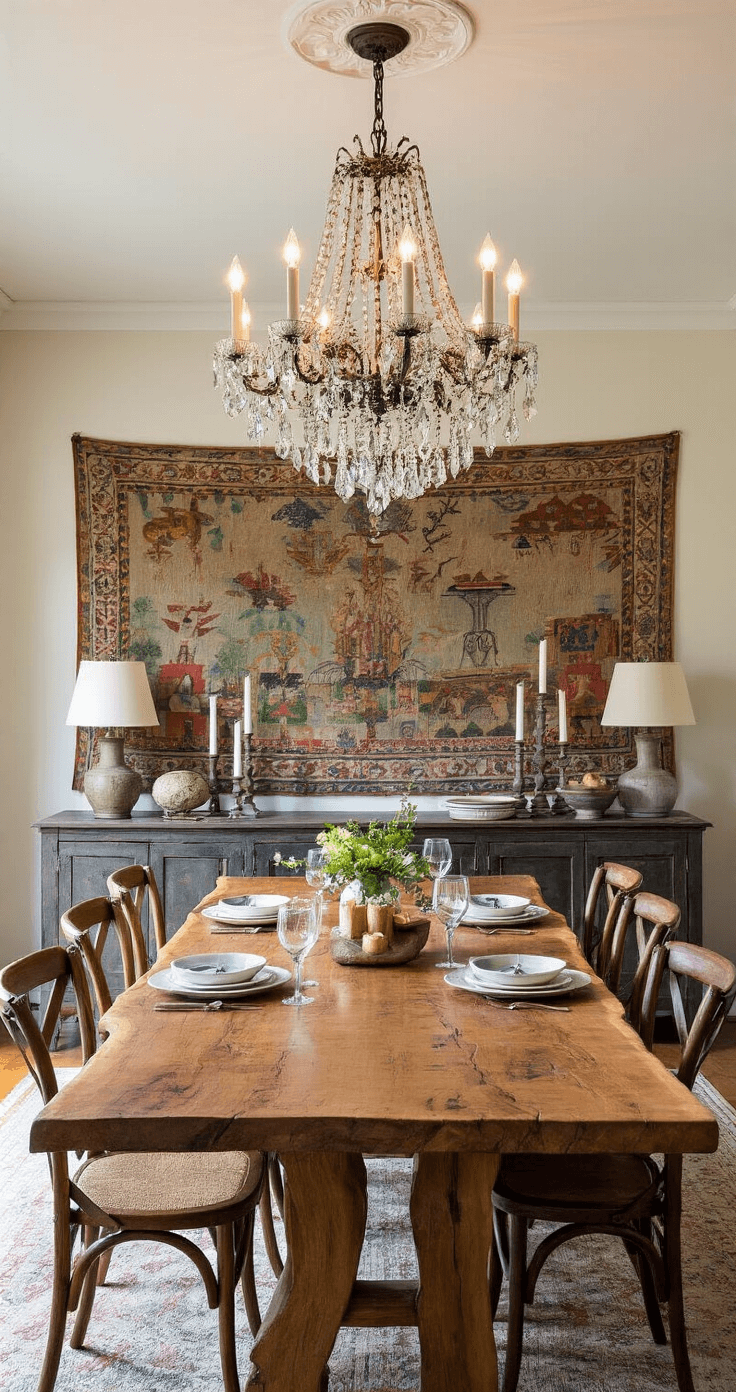
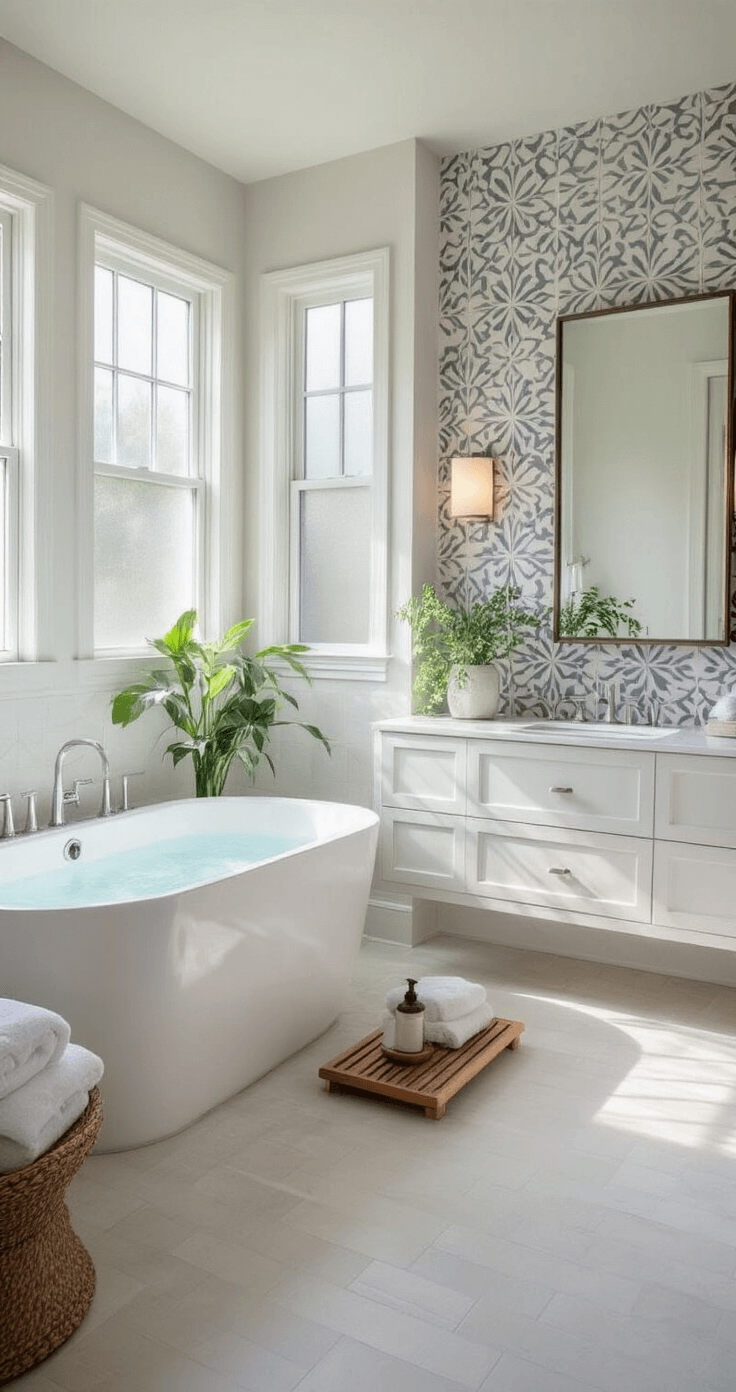
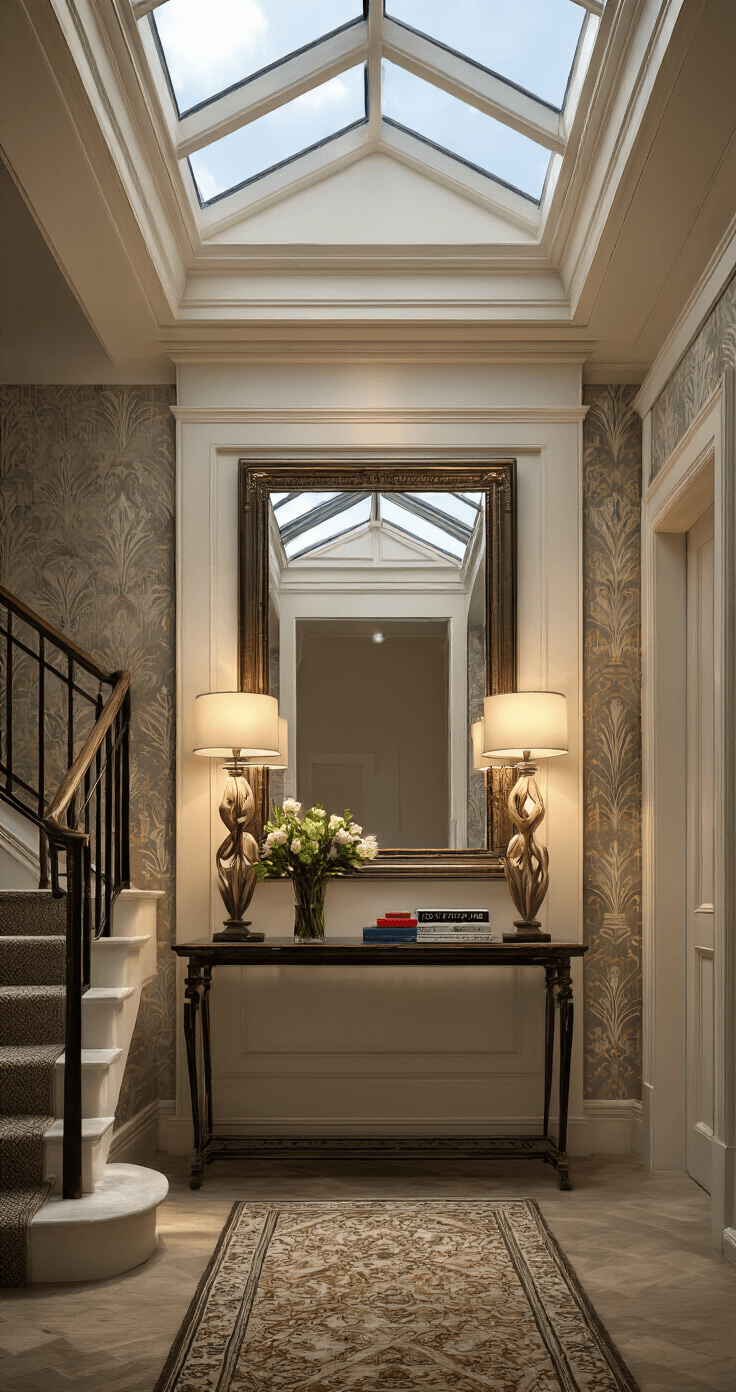






[…] Works in both small and large spaces […]